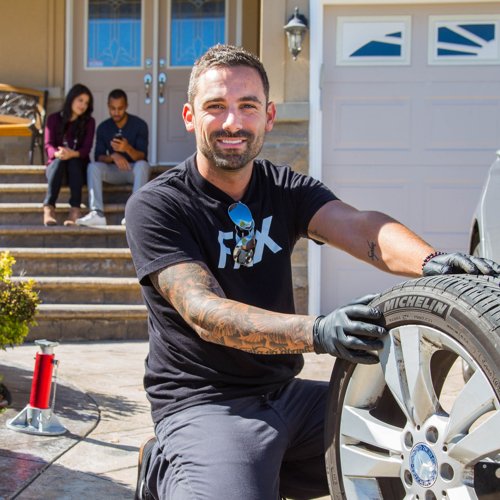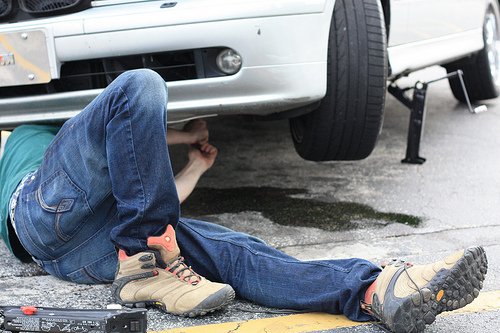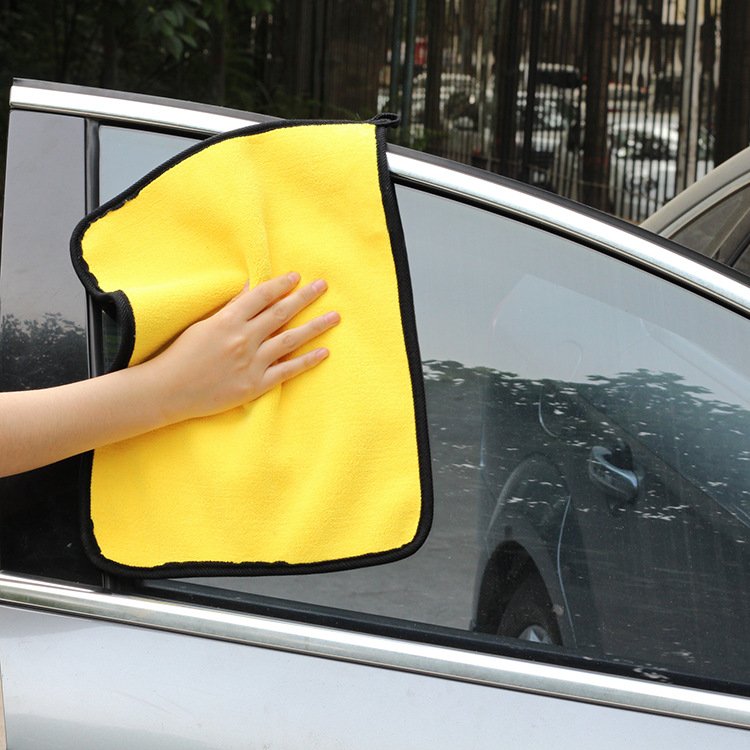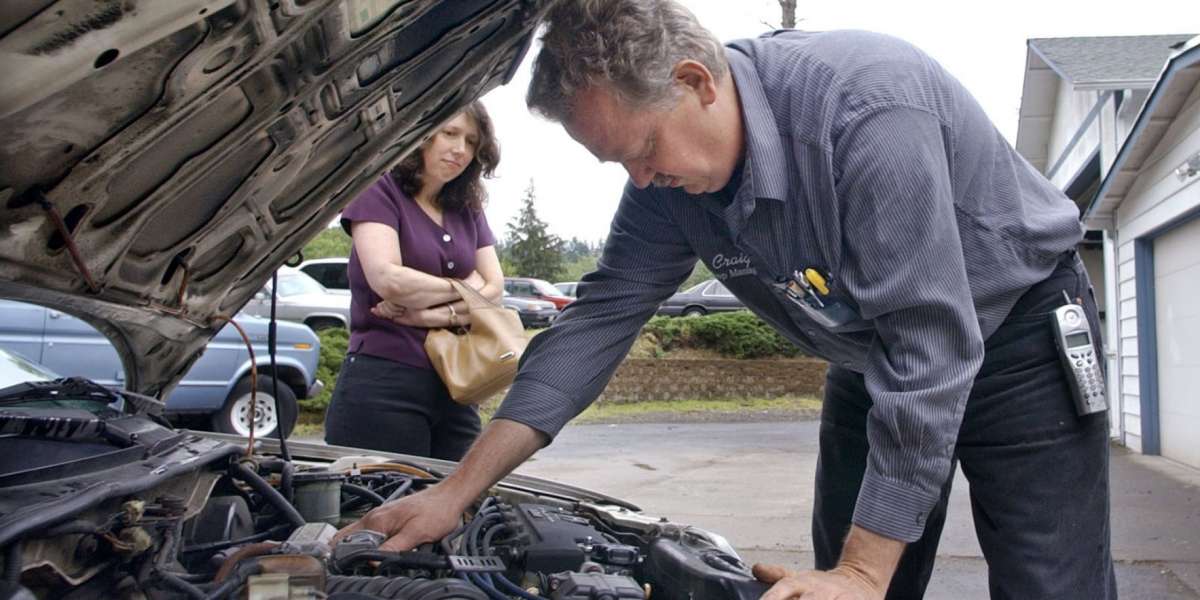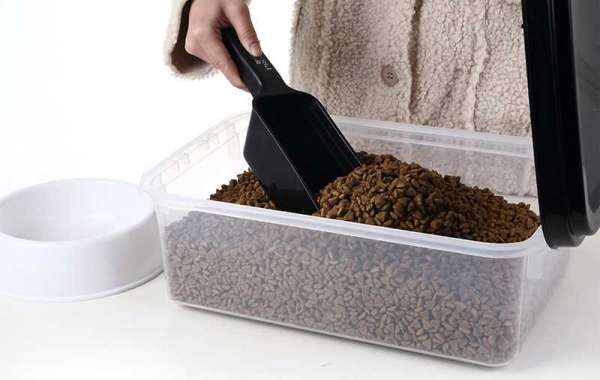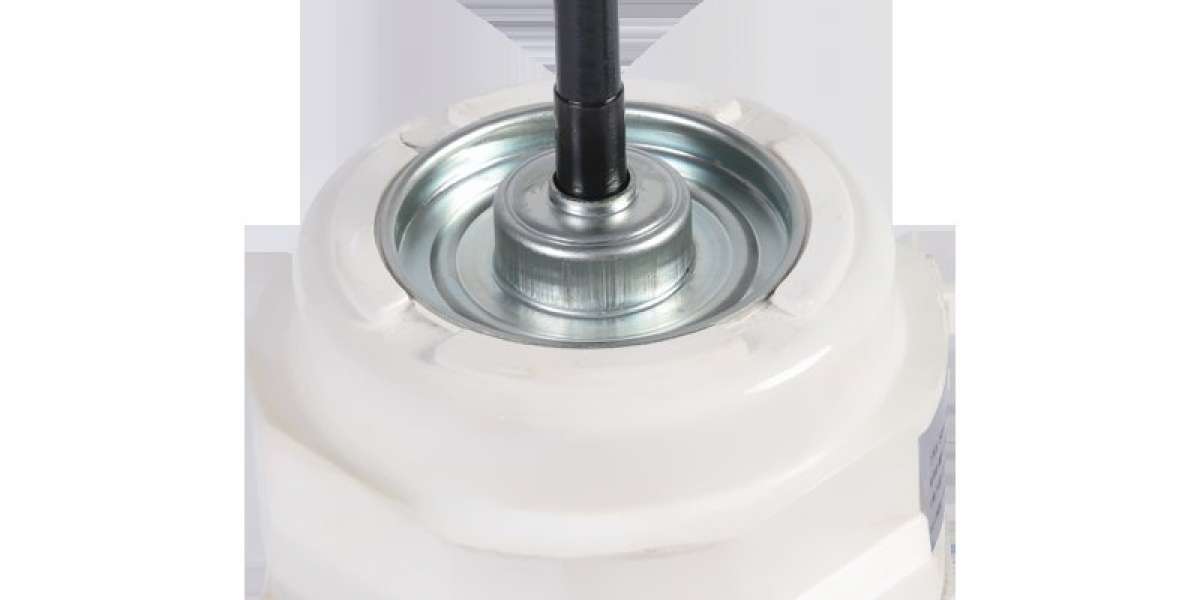- As you look out at your car sitting in the driveway, garage, or out on the street, you may be wondering: what should I be doing to maintain it while it's not being driven?
- It's pretty easy and straightforward if you just pay attention to your vehicle with at least a weekly startup and a quick drive.
- This might also be a good time for some routine maintenance and even a home repair if you're up for it.
If you're like us and countless others who have been ordered to shelter in place to quell the spread of COVID-19, then you probably aren't using your vehicle as much as you normally would. However, car enthusiast or not, your lack of driving doesn't have to be a detriment to your vehicle. We're here with some tips to help you and your precious automobile through the pandemic.
Even if you don't have the opportunity to drive anywhere other than the grocery store, you should avoid letting your vehicle sit for prolonged periods of time without starting the engine. An engine's key internal components should always have a thin coating of oil to keep them lubricated and protected; as your vehicle sits, gravity slowly pulls the oil down to the crankcase.
Simply starting your car and allowing it to idle until it reaches operating temperature—or better yet, going for a drive—can alleviate that problem. If it were us, we'd let the vehicle warm up and take it for a quick drive around the block. Once the car is at operating temp, don't be shy to give it the old Italian tuneup (a quick wide-open-throttle pull) to stretch its legs and provide some crucial exercise. This also gets the lubrication circulating through the transmission, differential, drive axles, and CV joints. Additionally, going for a quick drive can help keep your battery charged. We suggest firing up the car at least once every week or two.
Now, if driving doesn't sound like the best option for you, or by law you're unable to go out for a drive, you'll have to settle for letting your car idle for a while. Even at idle, your battery will get recharged. If you're unable to drive and you know you won't be for the foreseeable future—or for as long as a couple months—you may want to consider buying an inexpensive battery tender to keep your battery at an optimum state of charge. If you're rolling your eyes, understand that a cheap battery tender is typically a fraction of the cost of a new battery and can be sent to your door via Amazon, so keep that in mind when making your decision.
How About Some Quality Time Working on the Car?
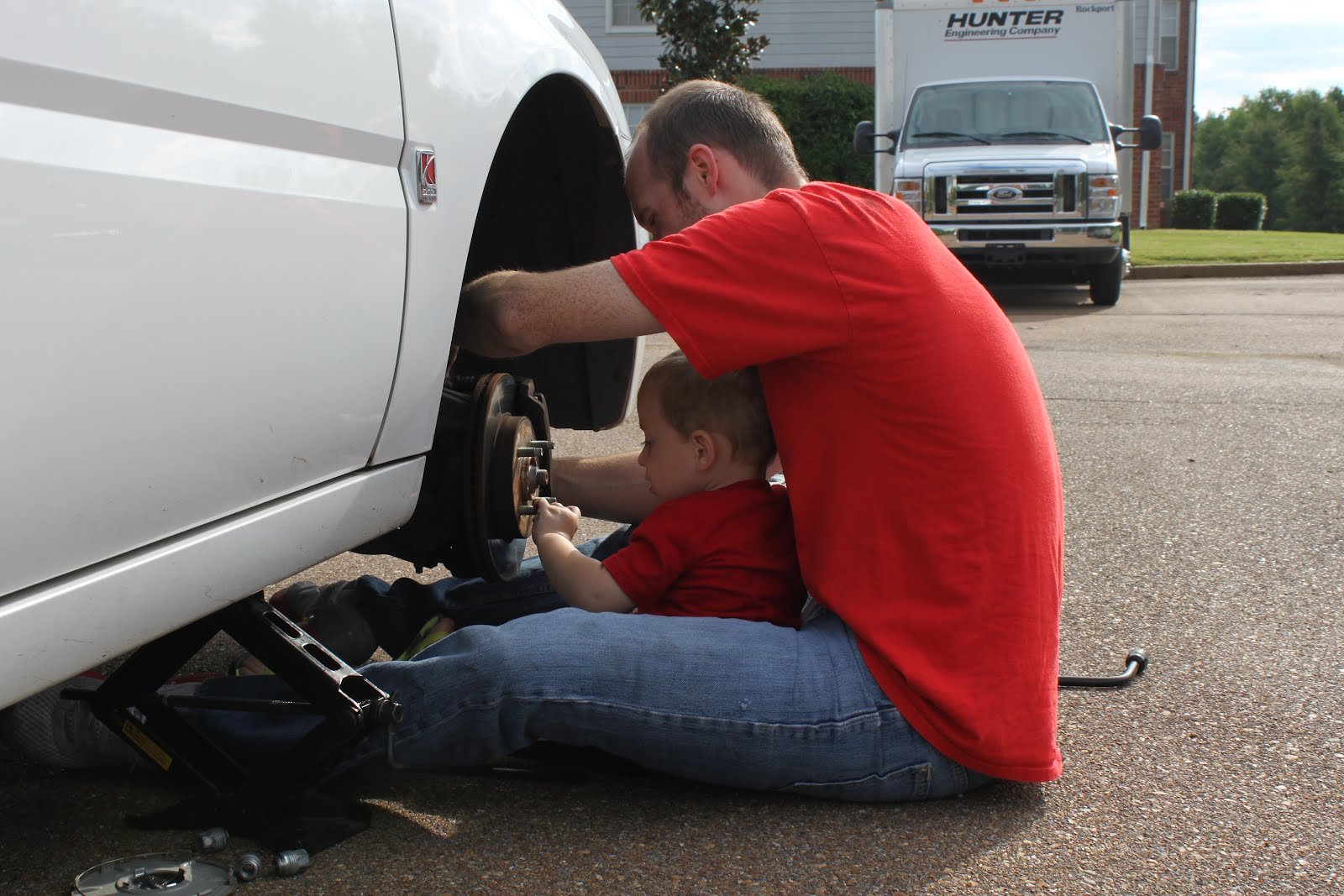 What about maintenance work that you need performed on your vehicle? First, determine the importance of the maintenance: if you want to simply swap back to summer tires from your winter setup, you can consider waiting a bit longer. If your vehicle isn't going to be traveling far in the meantime then staying on your winters for an additional month or so—while not ideal—isn't going to cause any harm. That goes for oil changes too; if you are coming up on your oil change interval, understand that it's acceptable to defer for 1000 miles or so with minimal risk of damaging your vehicle.
What about maintenance work that you need performed on your vehicle? First, determine the importance of the maintenance: if you want to simply swap back to summer tires from your winter setup, you can consider waiting a bit longer. If your vehicle isn't going to be traveling far in the meantime then staying on your winters for an additional month or so—while not ideal—isn't going to cause any harm. That goes for oil changes too; if you are coming up on your oil change interval, understand that it's acceptable to defer for 1000 miles or so with minimal risk of damaging your vehicle.
If you're having catastrophic or emergency-like car troubles, then by all means still take it to the shop. Many repair facilities and dealerships remain open, though they may be staffed by skeleton crews and working reduced hours. This will differ from locality to locality, based on current health and safety guidelines, so you'll need to check within your own area.
Finally, if you're starting to get cabin fever and you're itching to do something automotive related, consider installing those aftermarket parts you bought months ago and didn't have the time to get to. Or spend a few hours meticulously detailing every surface of your car inside and out. Seriously, it's therapeutic.
